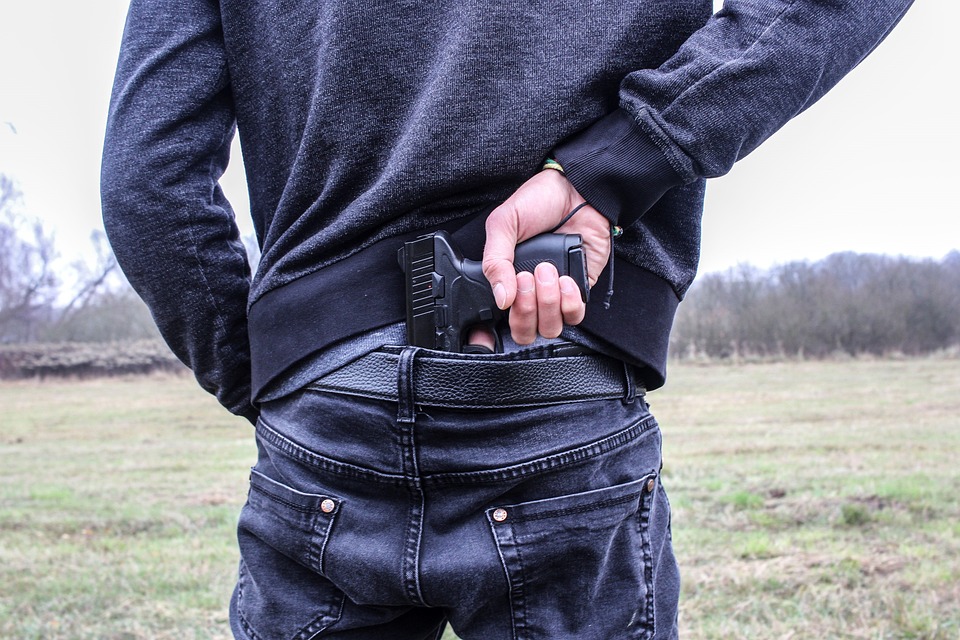The Unbeatable Match: How Identical Twins’ Fingerprints Ensure No ‘Get Out of Jail Free’ Card
When identical twins are born, the world is suddenly introduced to a unique phenomenon – duplicates of human life. From their childhood, people often wonder about the nuances that set them apart, despite having the same DNA. One aspect where identical twins differ is in their fingerprint patterns. In this article, we delve into the fascinating world of fingerprints and how their uniqueness ensures that identical twins never get away with a ‘Get out of Jail Free’ card.
Unique Fingerprints: The Science Behind them
Fingerprints are the outcome of a complex interplay between genetics and embryonic development. As an infant grows, the ridges and valleys that form on the fingertips are influenced by many factors, including the movement of the unborn baby in the womb and genetic predispositions. This results in an intricate pattern that is unique to every individual, even identical twins.
Twinning: A Natural Game-Changer
Identical twins occur when a single fertilized egg, rather than two separate eggs, splits during early development. This means that the embryo’s DNA is shared in its entirety, making them genetically identical. However, the fingerprinting process works differently. The ridges and valleys on the fingertips develop differently due to the random movements they experience in the womb, making even identical twins’ fingerprints distinct.
From Fingerprints to Forensics
Imagine a scenario where two identical twins – let’s call them Alex and Blake – are accused of a crime, and the only evidence is a crime scene fingerprint. A forensic specialist is tasked with identifying the perpetrator and gathering evidence. Using advanced fingerprint analysis and comparison techniques, they examine the left index finger of both Alex and Blake. While the ridges and general pattern may seem similar, each fingerprint has unique characteristics that could not be replicated by anyone else, identical twin or not.
Case Example: The ‘Twin’ Suspects
In 1989, identical twins Michael and Erik Korsmo were questioned in connection with a murder in Norway. Law enforcement officials compared their fingerprints at the crime scene, which led them to Erik as the prime suspect. Due to the unique fingerprint patterns on both their fingers, it was ruled out that Michael was involved.
Fingerprinting Goes Digital
With the advent of forensic technology, fingerprint analysis has undergone significant advancements. Digital fingerprint capturing and comparison software can quickly retrieve and match prints from a large database. This technology has greatly facilitated the process of identifying individuals, even where identical twins are involved.
The Next Frontier: Biometric Identification
Moving forward, biometric identification technologies using fingerprints, facial recognition, and behavioral cues will continue to evolve. Their widespread adoption will not only create new opportunities for forensic investigation but also enhance public safety.
Answers to Your Questions
Q1: Can identical twins’ fingerprints match?
A1: Almost never. While they may appear very similar, the unique characteristics of each twin’s fingerprint ensure that they do not share an identical pattern.
Q2: Do identical twins have the same fingerprint location?
A2: Yes, but due to the random movements during womb development, the ridges and valleys form uniquely, making their fingerprints distinct.
Q3: Can fingerprint analysis ever be fooled?
A3: With the advancement of forensic technologies and expert analysis, it is extremely difficult – if not impossible – to replicate identical twins’ fingerprints.
Stay Curious, Stay Informed: The World of Fingerprints



